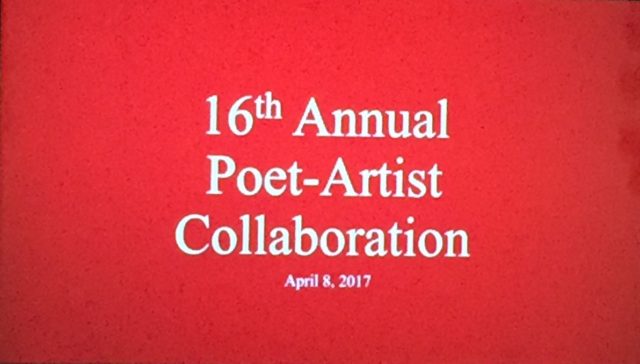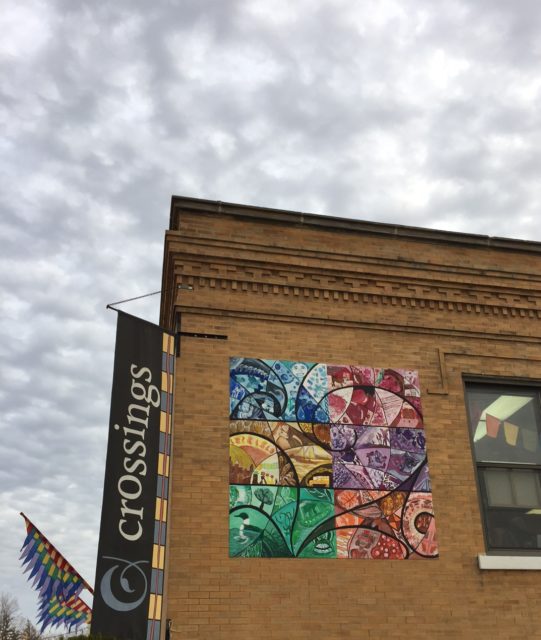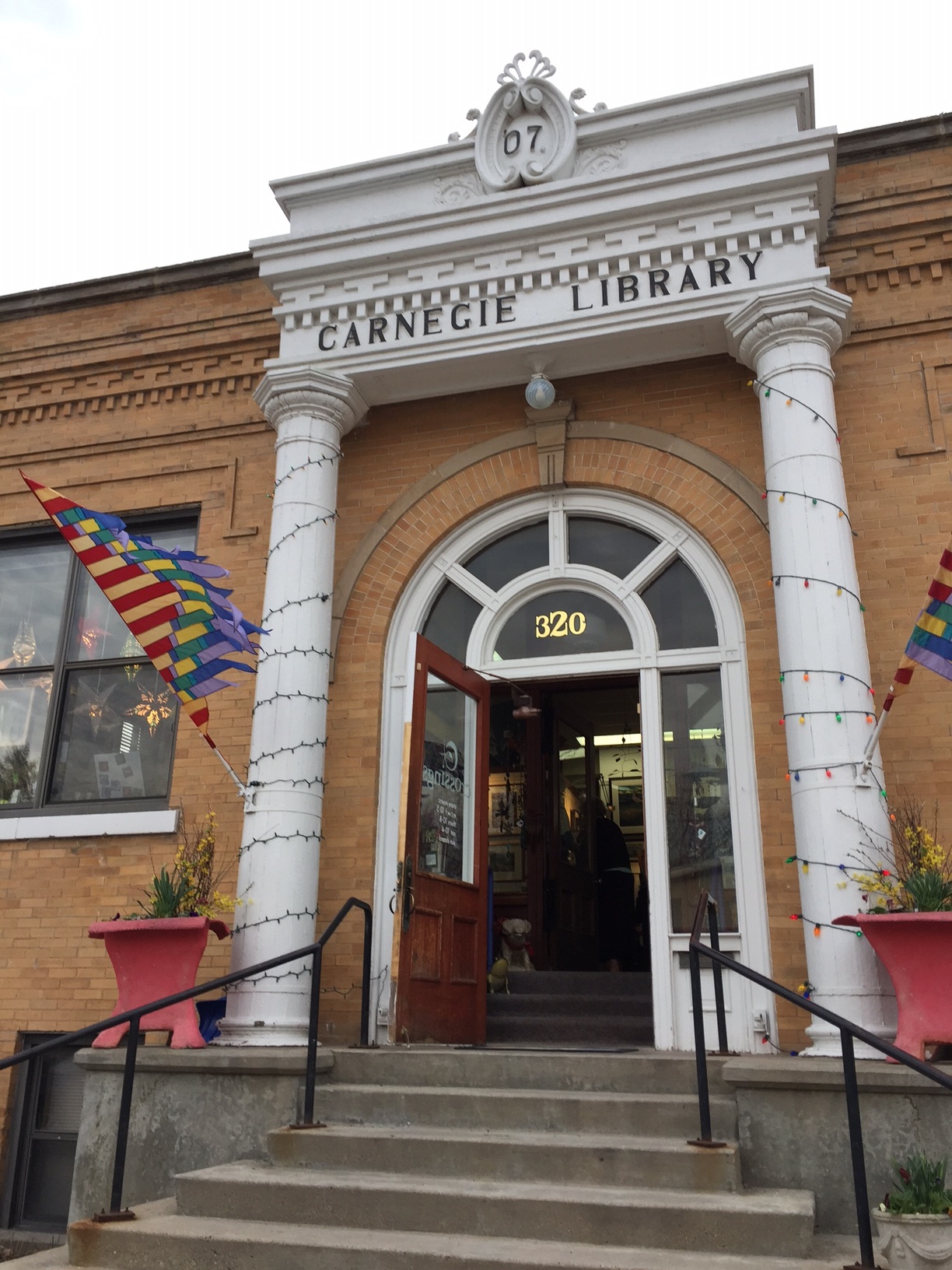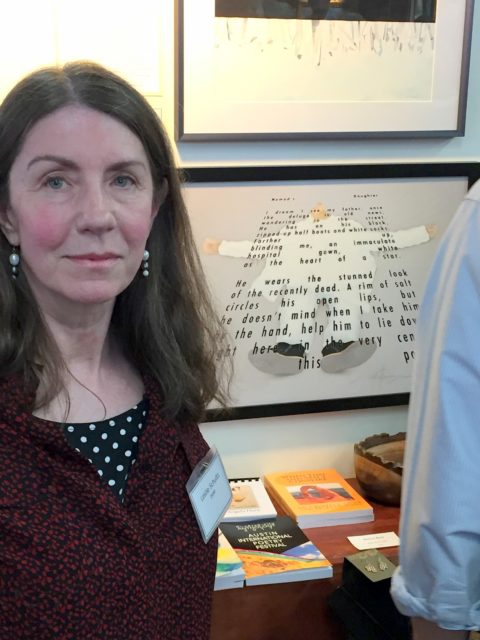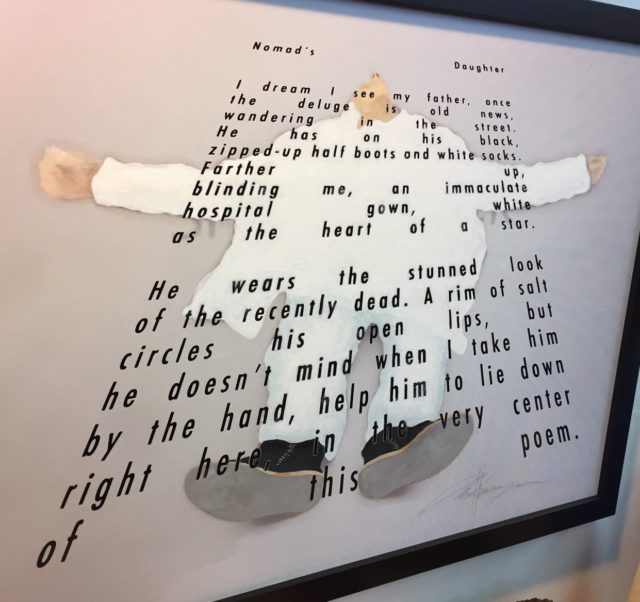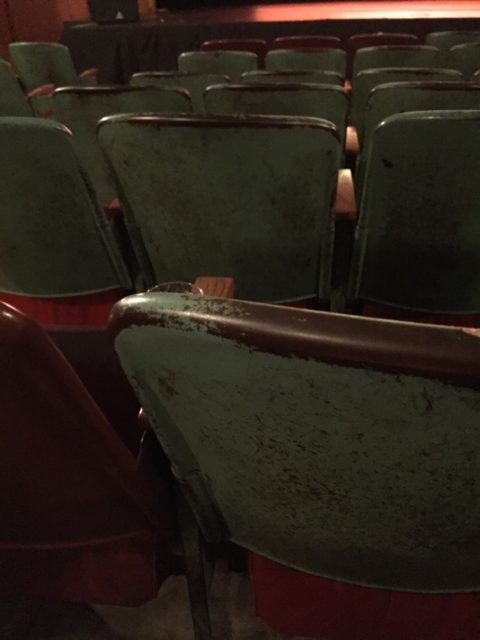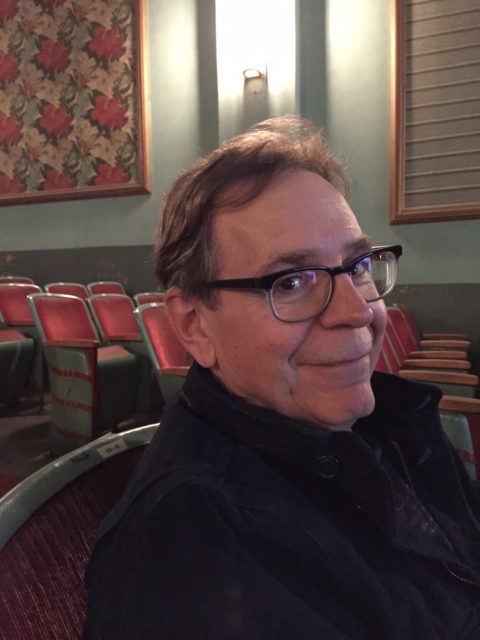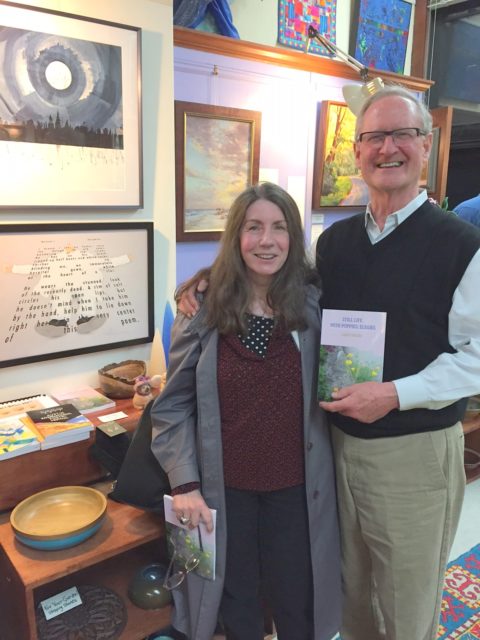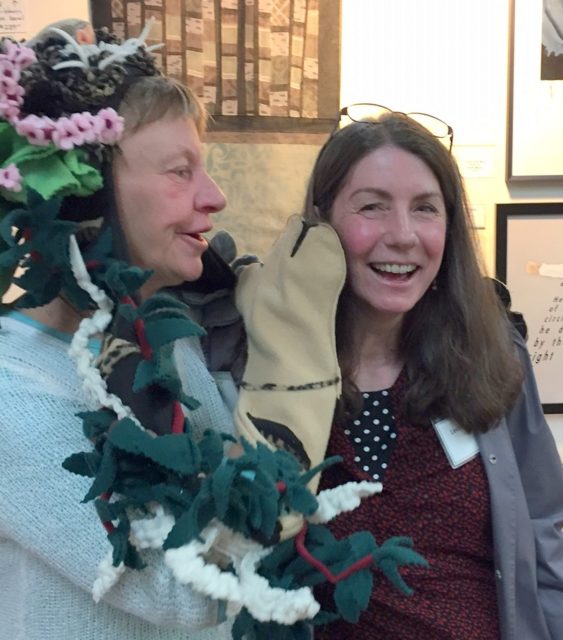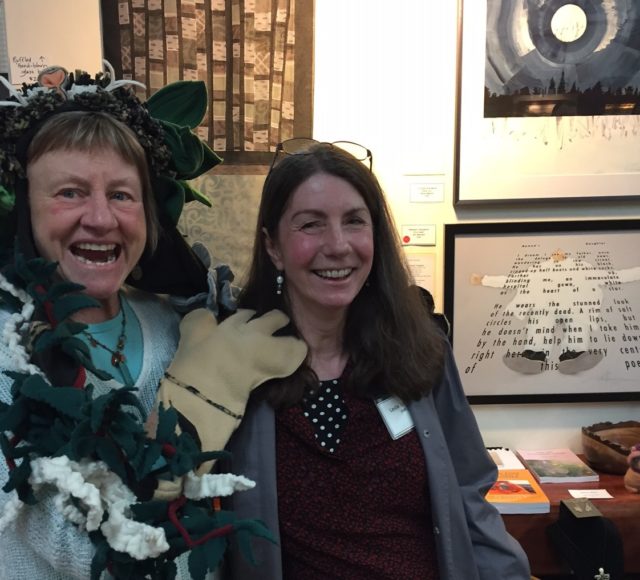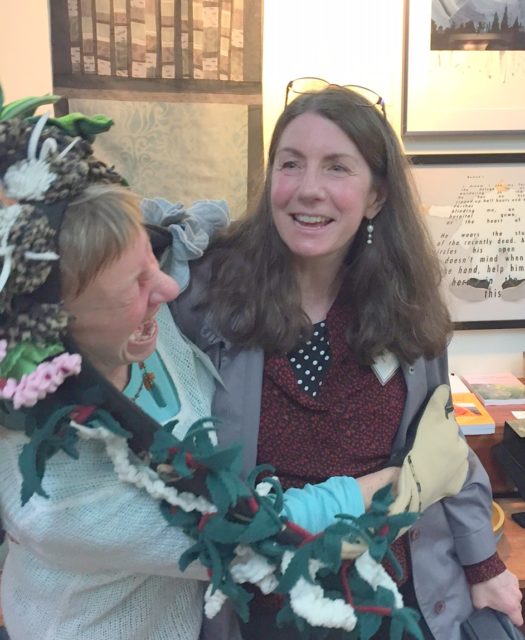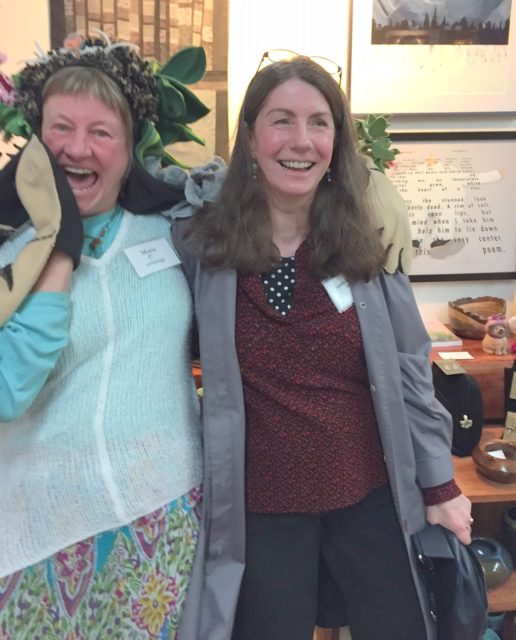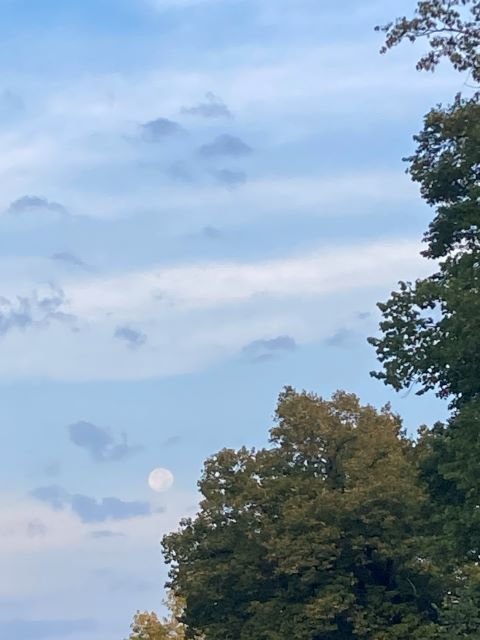
Tag Archives: Photography by Timothy Braulick
Transplanting a Birthday
As many of you know, I was born in the frozen part of the year, just a few breaths after all the holidays, at the time when the light is dimmest. I also live in a region prone to ice and snow.
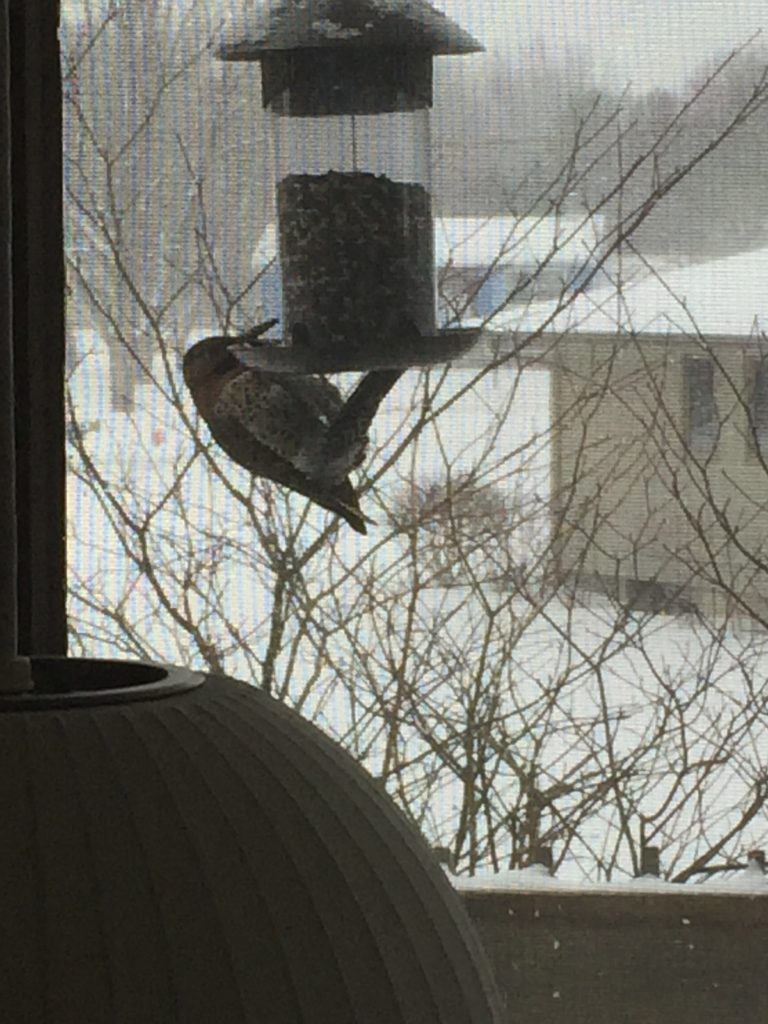
I have found–increasingly so–that by the time my birthday rolls around I feel too tired to enjoy it. And I want to enjoy each launch into a new year fully! Even as a child, I longed for a summer birthday–and have continued to do so for almost six decades now. 2020 is the year I turn 60 years old. I am pretty excited about this! And, as my gift to myself, I am transplanting my birthday from the brrrrrrrs of January to the aahhs of June warmth. This year, and every year after, I am celebrating the years behind and the adventures ahead on Midsummer’s Day, June 21. (My official-purposes date will remain the same but for celebratory purposes–woo-hoo!–there will be the maximum of light, blooms in the garden, and flowing water in the river.)
Here’s to entering my sage years with a new point of view!
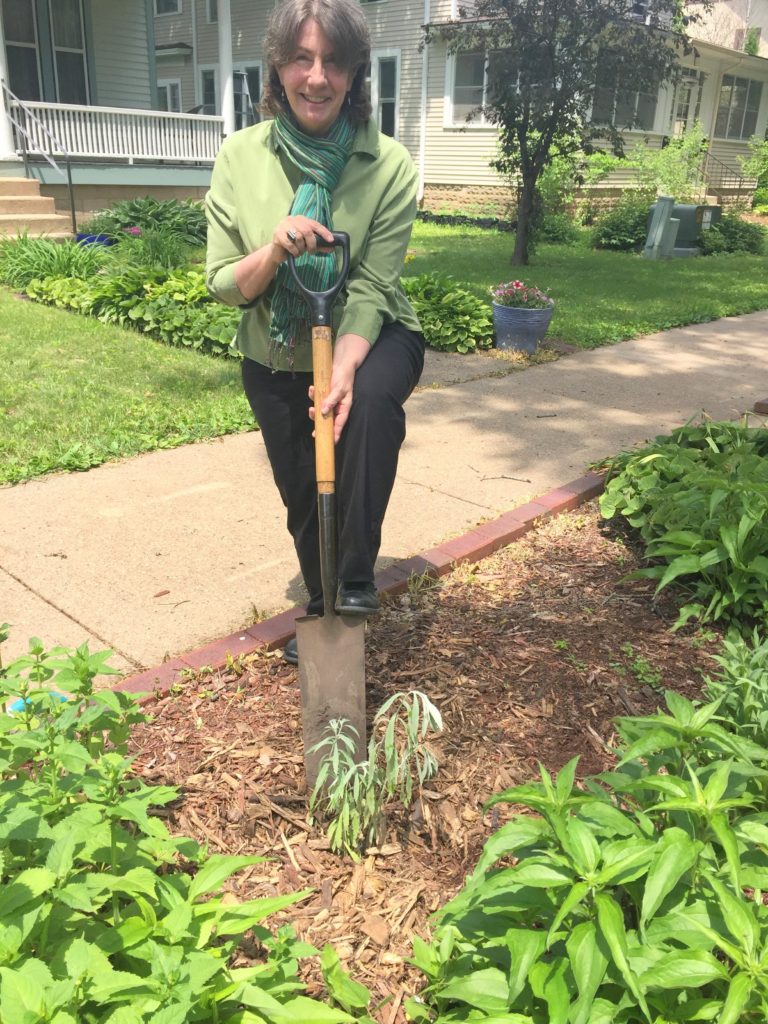
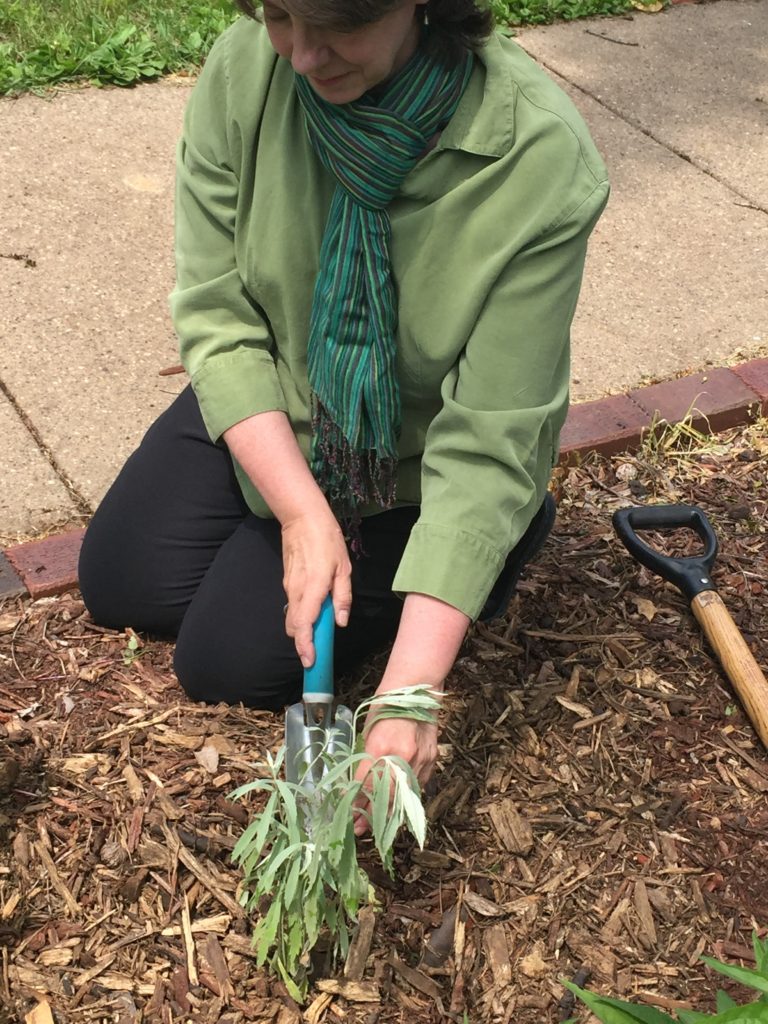
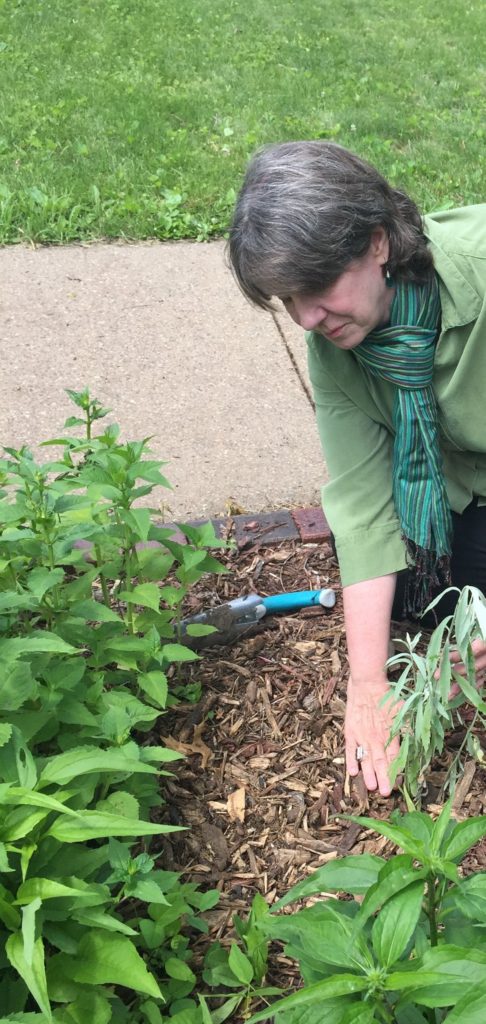
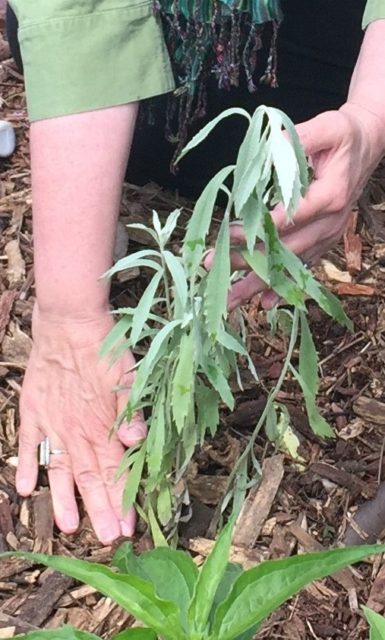


(Many thanks to Tim for taking the photographs and overseeing the planting of this prairie sage, to Julia Uleberg for the gift of sage from her garden at Dacie’s, to Marea for the “Birthday Girl” magnet I enjoy 365 days a year, and to all of you for your good company on this journey through life!)
LESLIE
Blasts from the Past, Part II: Photographs of Waterford Bridge (2009-2010)
Pontem perpetui mansurum in saecula mundi fecit divina nobilis arte Lacer—
(Loosely translated: “I, Lacer, with my divinely inspired noble art, built this bridge to last forever through the ages of the world.”)
This inscription by the architect of the Alcántara Bridge in modern-day Spain combines the heart-cry of engineers and artists alike. In the case of Gaius Julius Lacer, the reverberation of his cry has lasted longer than most, since the reign of the Emperor Trajan into the modern day. His bridge, his voice, and even his bones, entombed in the small votive temple he included to serve as his crypt, still stand. The bridge still carries traffic over the Tagus River.
Yet modern-day builders, whether of stone or word or image, might hesitate, in our age of rapid change, to echo Lacer’s bold assertion, at least out loud.
A decade ago, I embarked on a year-long photographic study of a nearby bridge that was due to be replaced. A landmark for all of living memory in our area, the Waterford Bridge, just north of Northfield, garnered a “0.0” safety rating after the collapse of the I-35 Bridge over the Mississippi River in 2007. I learned in late summer of 2009 that it was due to be closed to service in September, essentially on its 100th birthday. When I went to look at it I saw holes that permitted clear views of the Cannon River beneath. I also saw that someone had left a cupcake on the bridge’s railing–perhaps to say “Happy Birthday” and “Farewell” in one bite?–and I knew that I was going to document the retirement of the old bridge and the birth nearby of its replacement.
For a decade now, I have wondered if this exploration would someday result in a poem. Not so far, but who knows? National Poetry Month is just ahead, and I again plan to participate in the marathon challenge of writing and posting a new poem every day. Meanwhile, in sorting through materials in my office this week, I recalled this project and thought I would share parts of it here.
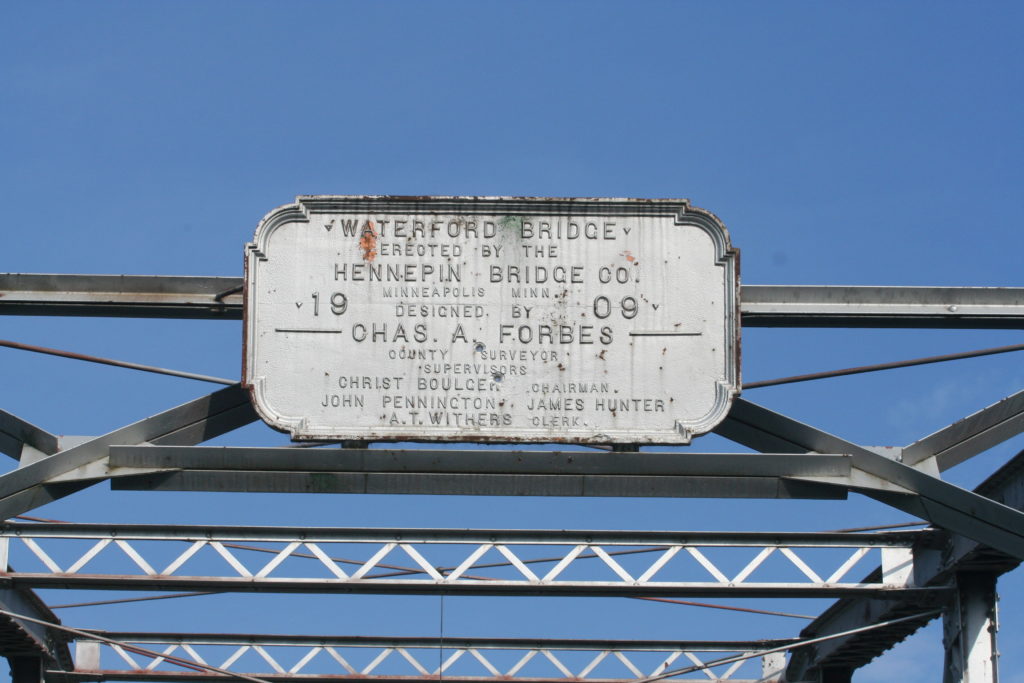
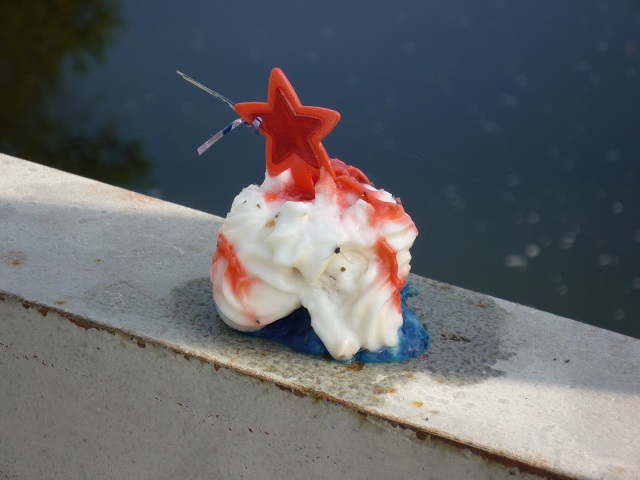
So, I began photographing this bridge near my home on the day it closed, on its 100th birthday. Of the more than 1,000 images I took over a twelve-month period, this one–of someone’s birthday cupcake gift to the bridge–was the first photograph I took.
When I was offered the chance, a year later, to propose an idea for a show to the curator at Minnetonka Center for the Arts, I was advised to build the concept around a strong theme. This bridge series lent itself naturally to that call.
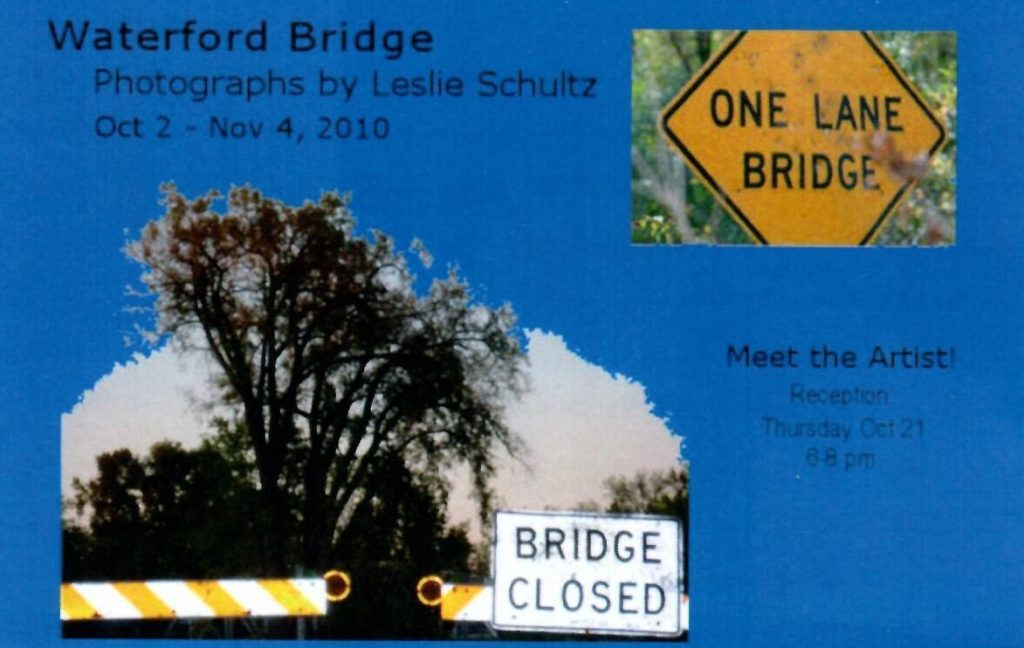
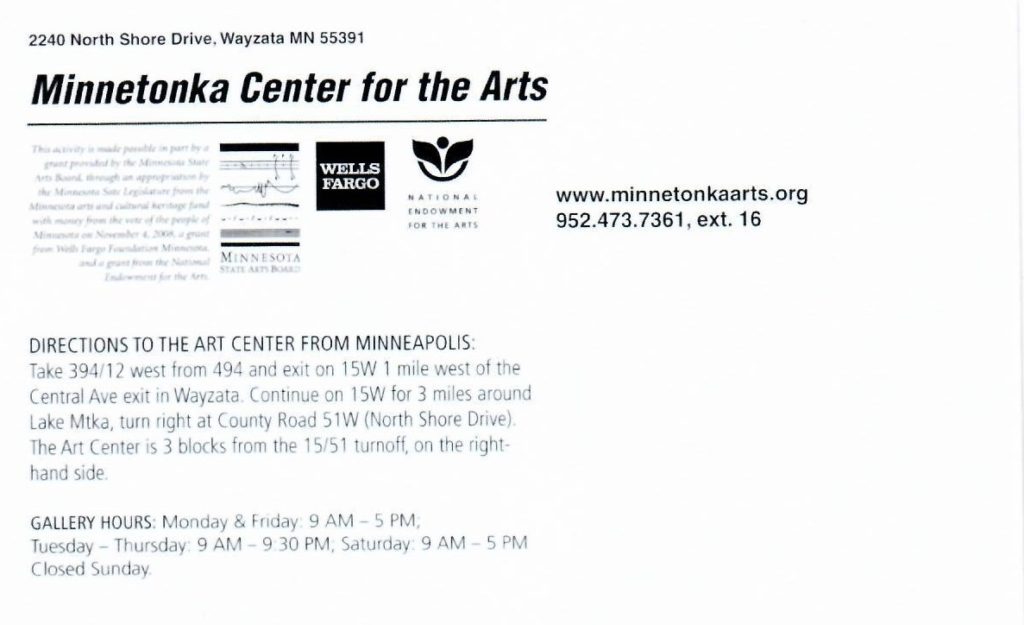
ARTIST STATEMENT
Waterford Bridge 2009-2010
Bridges are universal concrete metaphors for linking one realm to another, a crossing over to new awareness. As utilitarian elements of the built environment, bridges unite human ingenuity, structural engineering, and history with the topography and weather than anchors a sense of place.
With this series of photographs my aim is to celebrate the recent transition of the Waterford Bridge in Dakota County. Opened in 1909, this landmark supported both horse-drawn and motorized traffic over the Cannon River for 100 years. Fallen into disrepair, with a safety rating of 0.0, the old iron structure was replaced in 2010 by a concrete bridge of modern design for carrying cars, trucks, and farm machinery. After spanning a century of rapid change, the Waterford Bridge now carries only foot traffic, but it continues to be a symbol of a small but proud community. Its physical placement – on the boundary of agricultural, conservation, and developed land – mirrors the metaphorical quality that all bridges hold.
What surprised me was the graphic beauty I found in the interweaving of this human-built object within a natural landscape. As I photographed the bridge and its surroundings over a period of a year, I saw a dramatic acceleration – a tipping point like an avalanche – of the changes that were slowly taking place all along. These images explore the discrete graphic elements, from rust and spider webs to trees and graffiti, that evoke one specific structure while revealing the ability of time to render everything ephemeral.
Photography for me is visual poetry. Like poetry, this writing with light shares the same compression of image, the same ability to capture a tiny slice of the world which suggests the whole even as it focuses on select compelling detail. I am not interested in exposure as a revelation of an underlying ugliness preserved in the amber of technical perfection. Rather the opposite: photography forces me to look closely at the world, encourages me to see the sometimes stark or atonal beauty I would otherwise miss.
Leslie Schultz is a photographer and poet who lives in Northfield, Minnesota.
My goal for the exhibition was to tell the story of the bridge, and of my year of observing it, in ten images. What is here is a kind of director’s cut–the ten chosen images in order, and a few that didn’t make the final cut.
ORIGINAL TEN
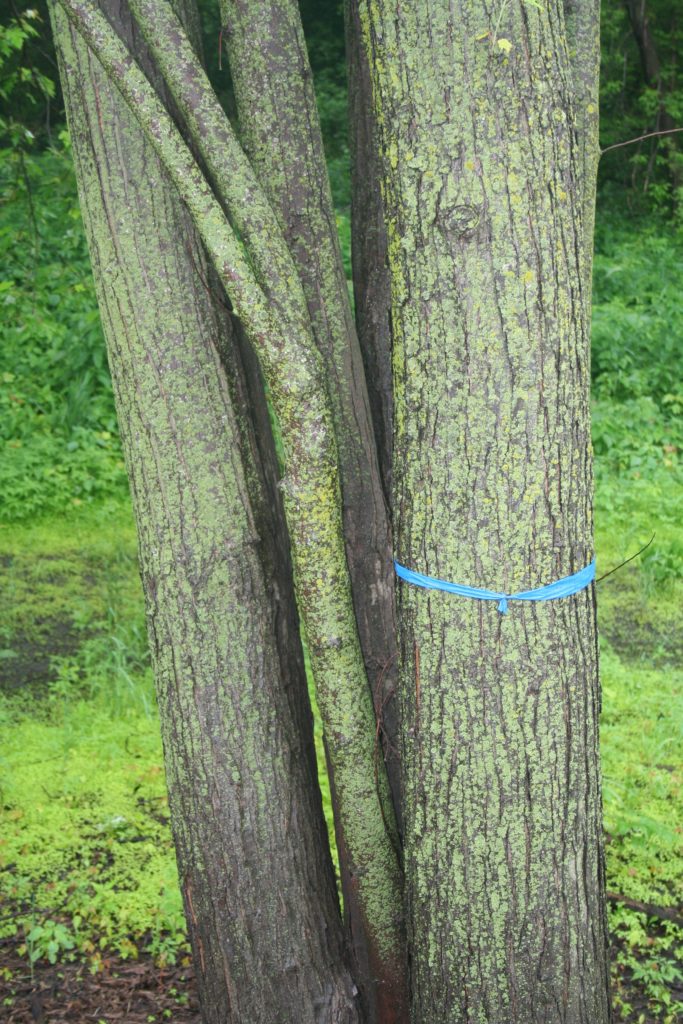
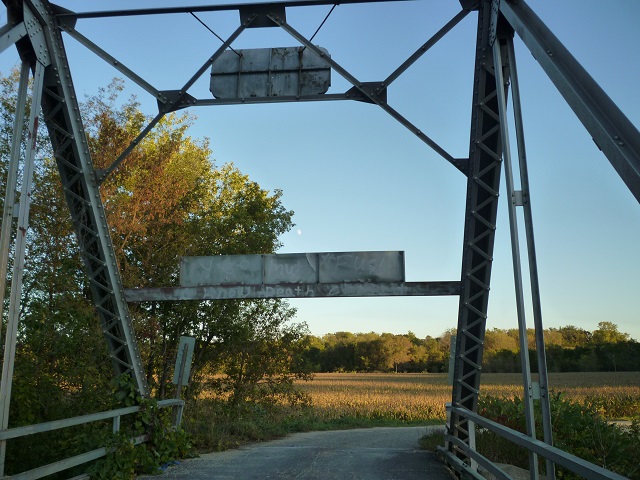
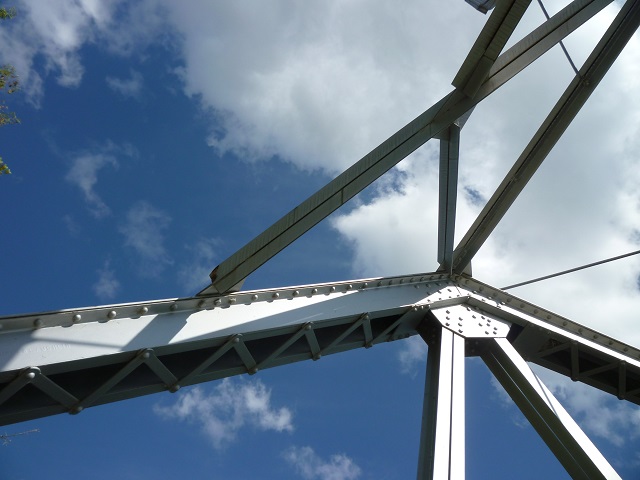
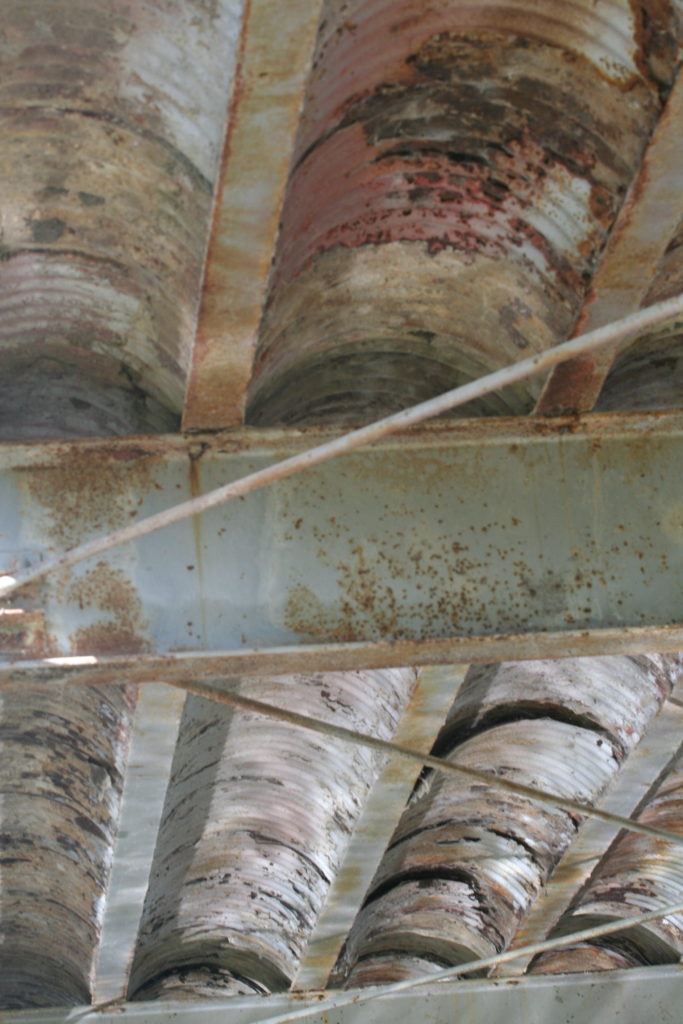
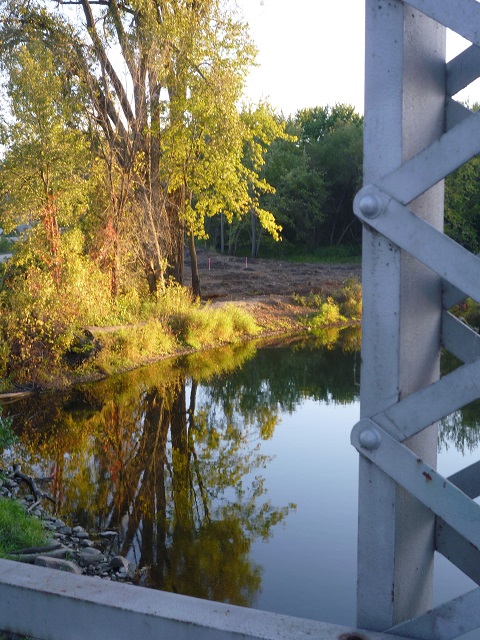
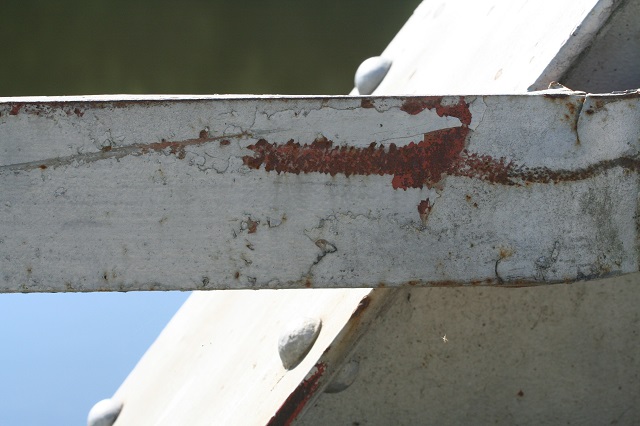
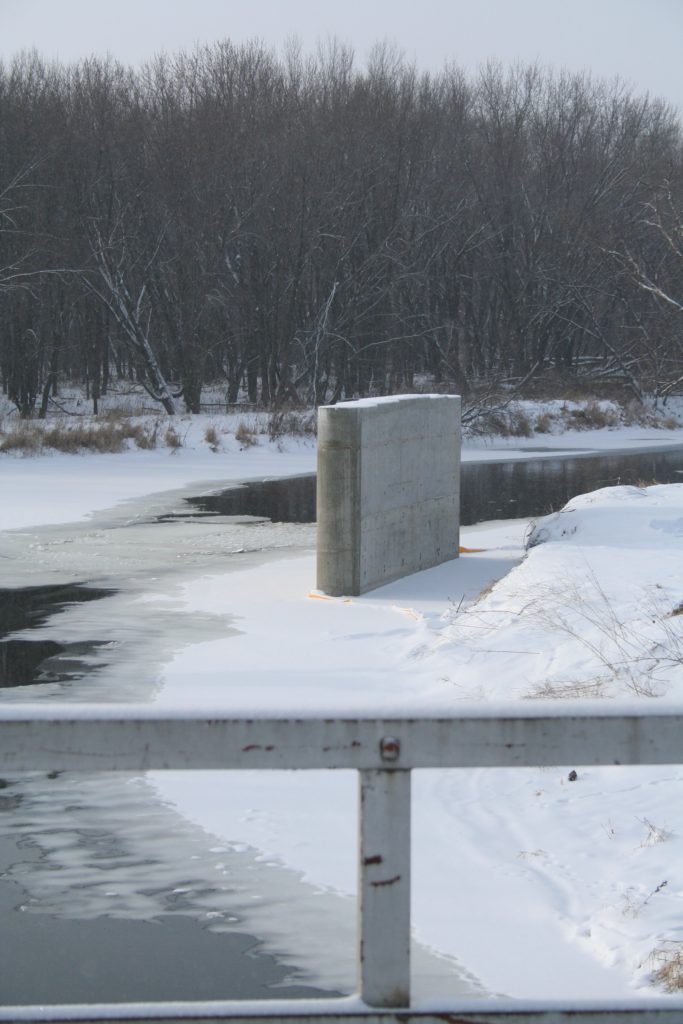
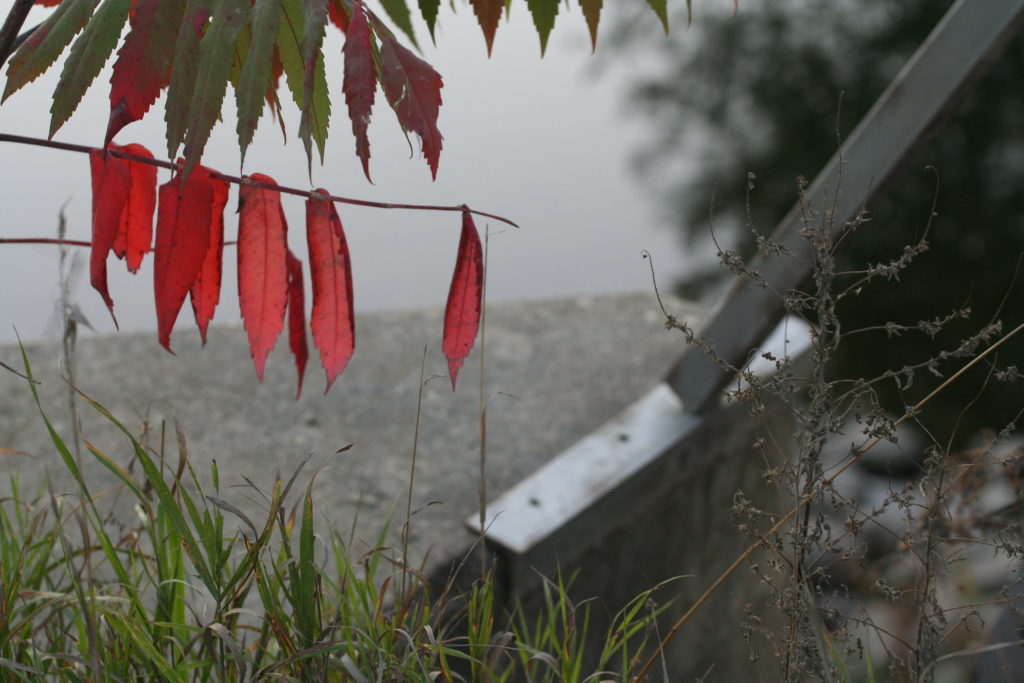
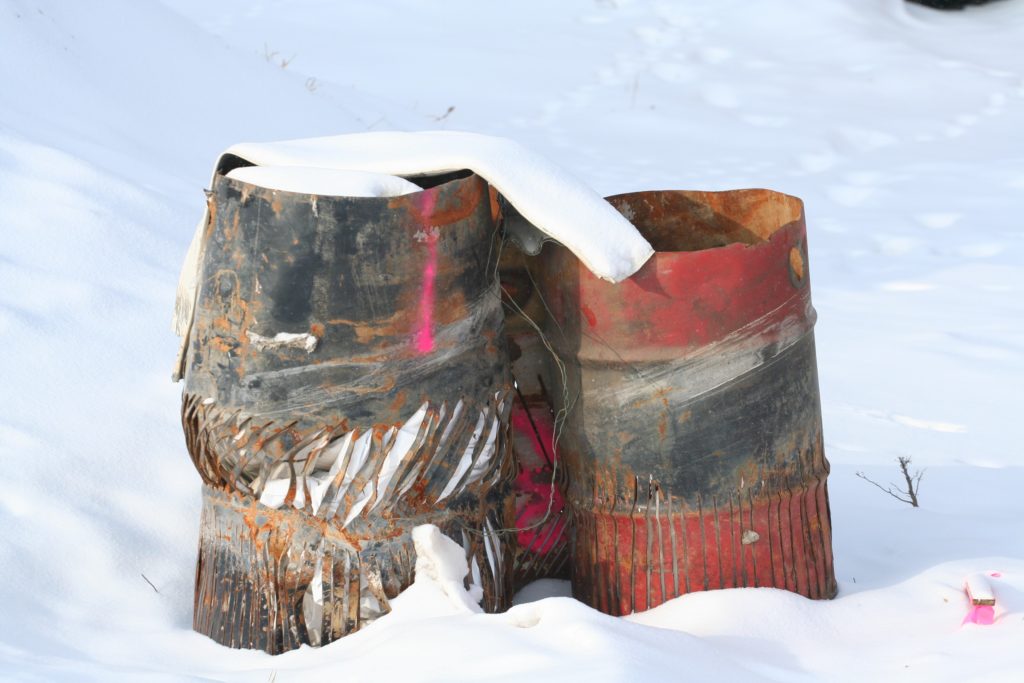
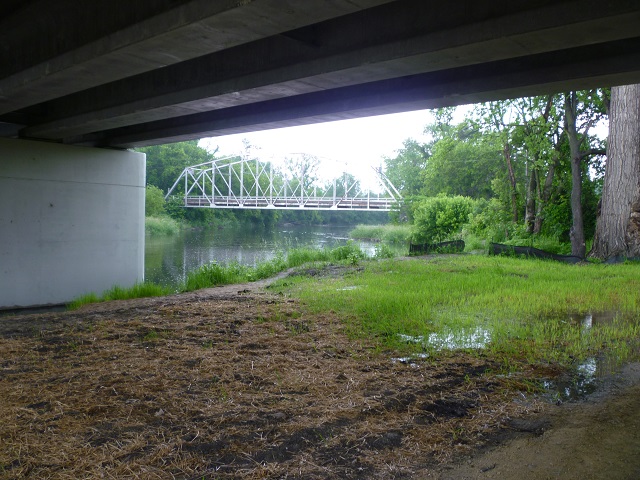
ADDITIONAL FAVORITES
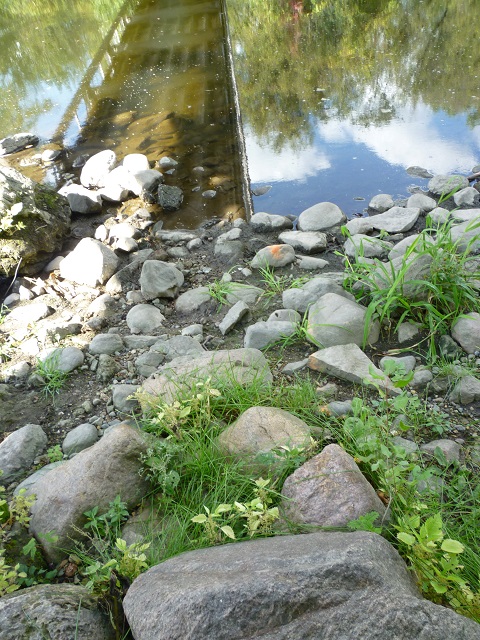
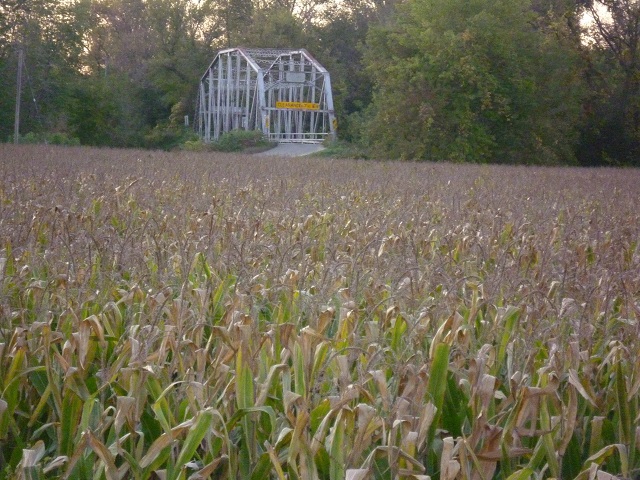
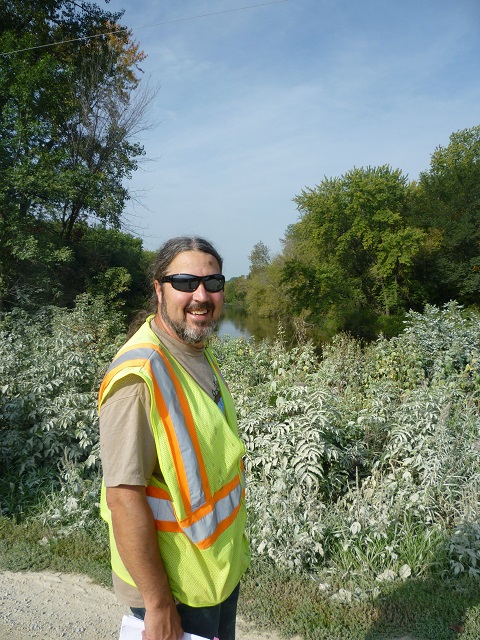
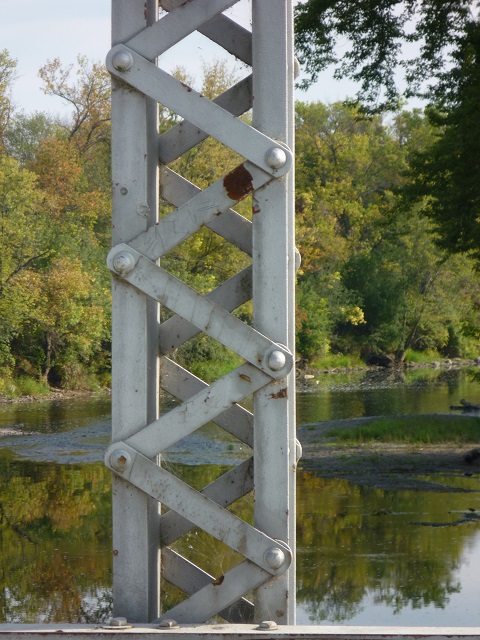
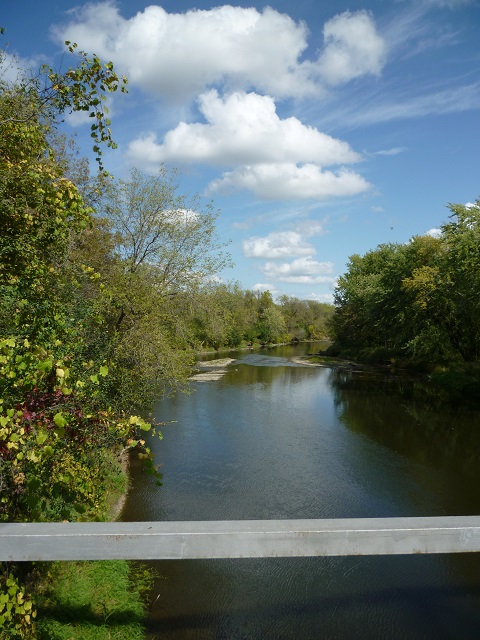
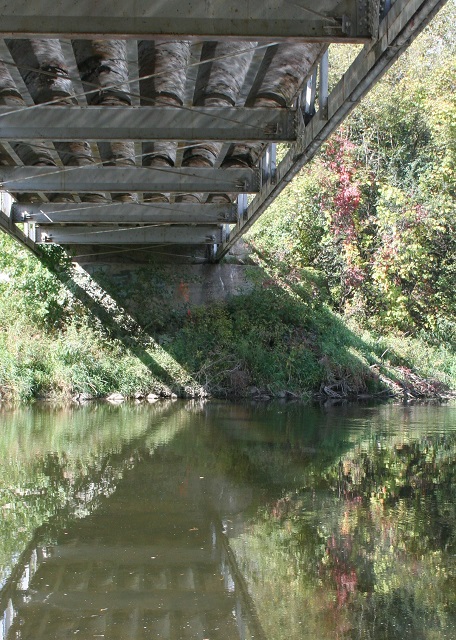
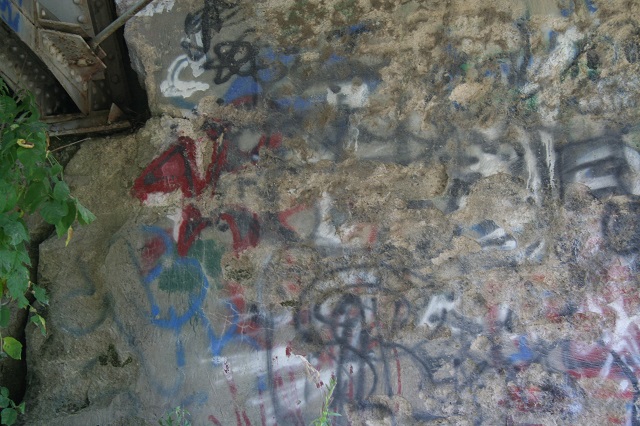

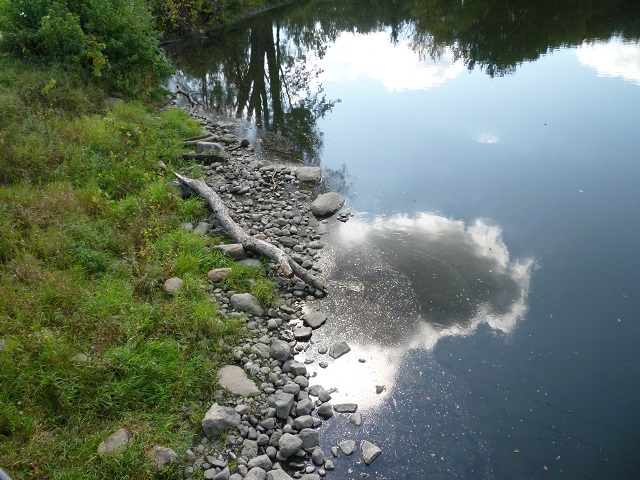
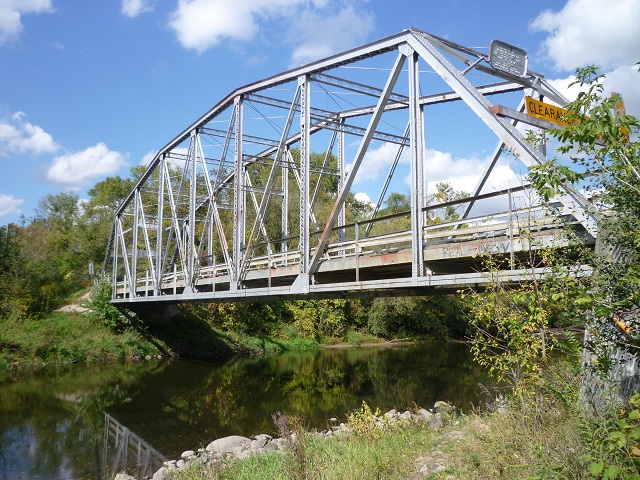
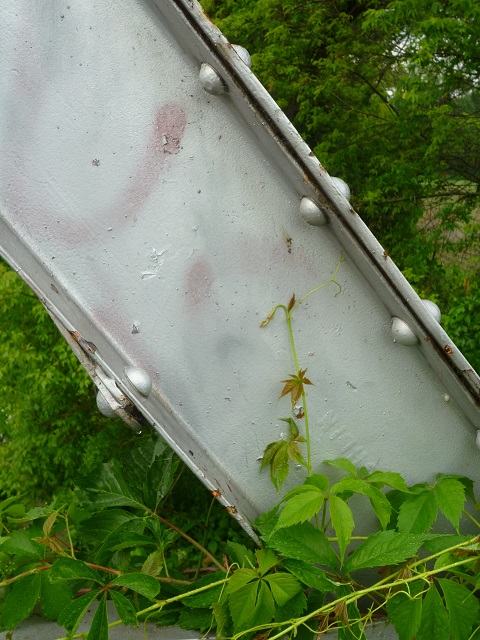
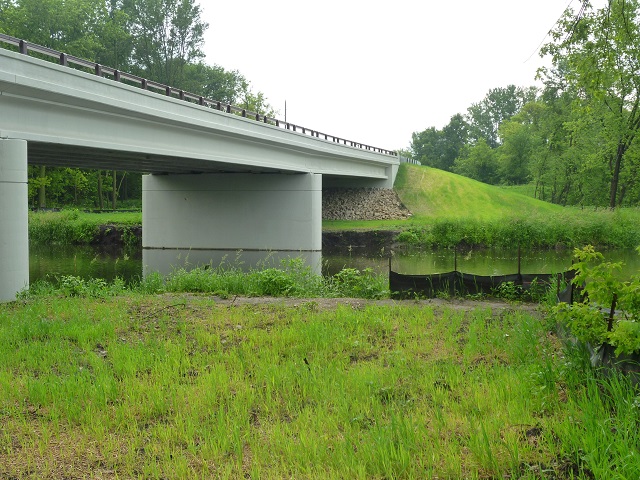
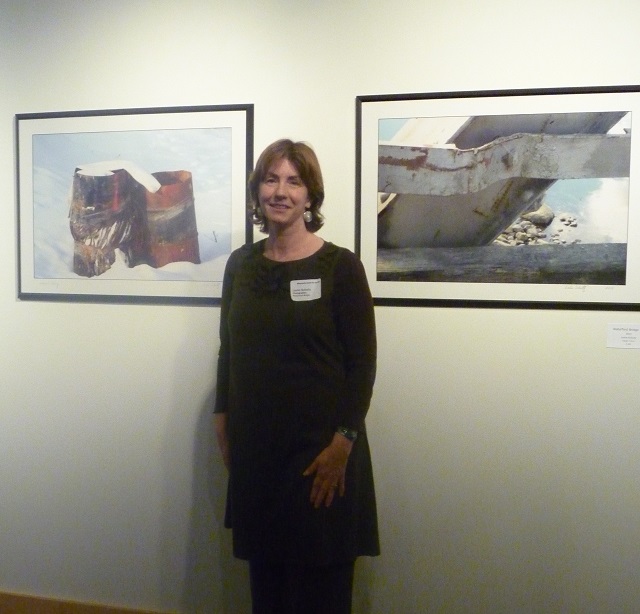
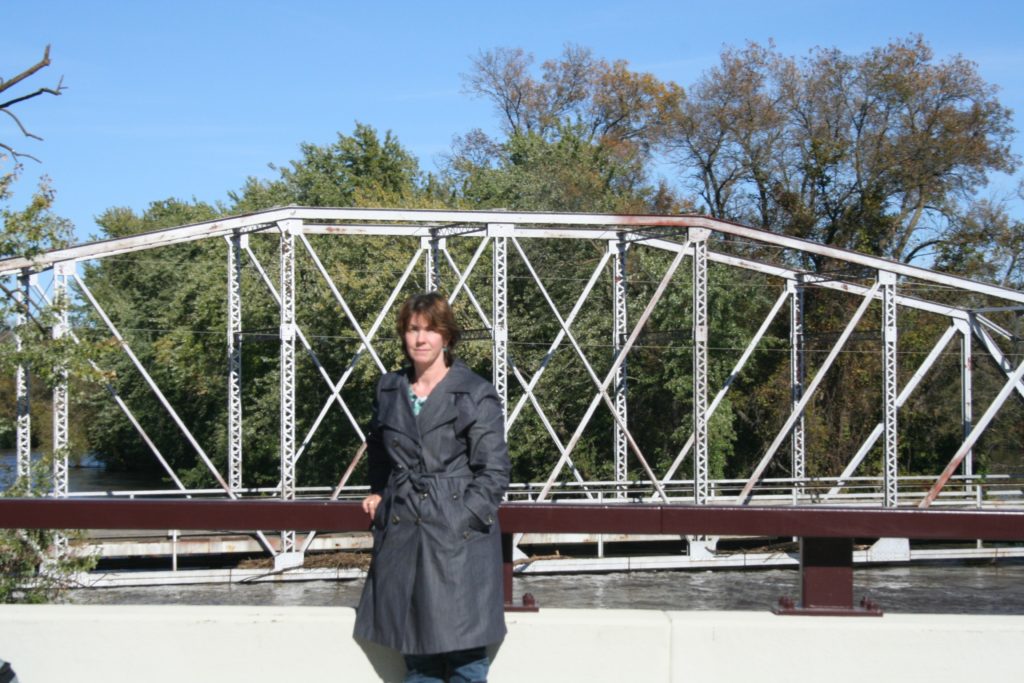
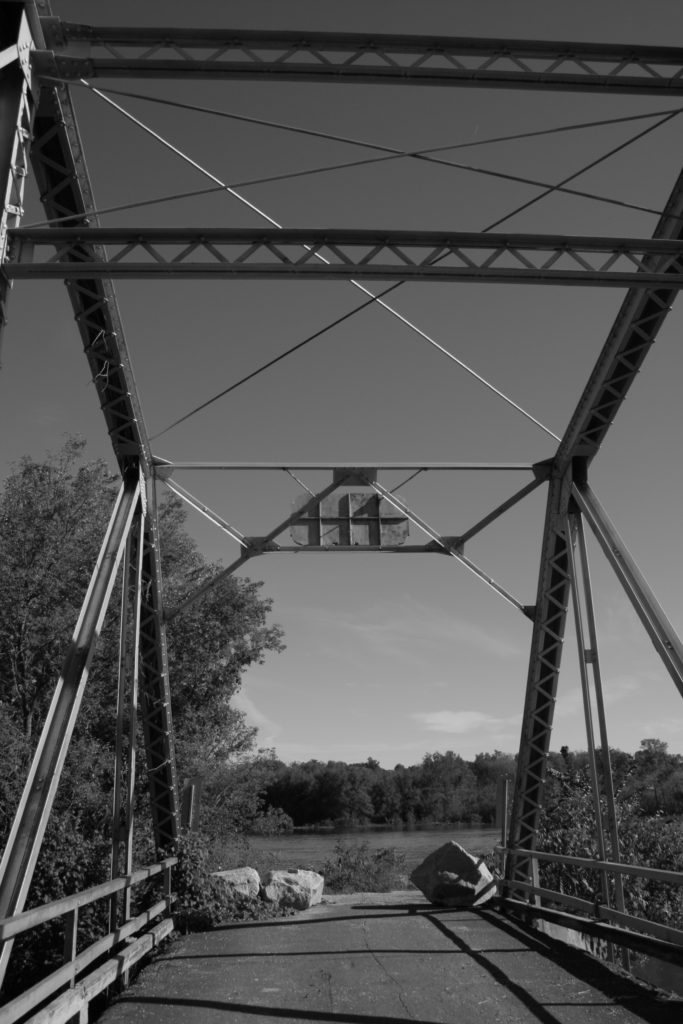
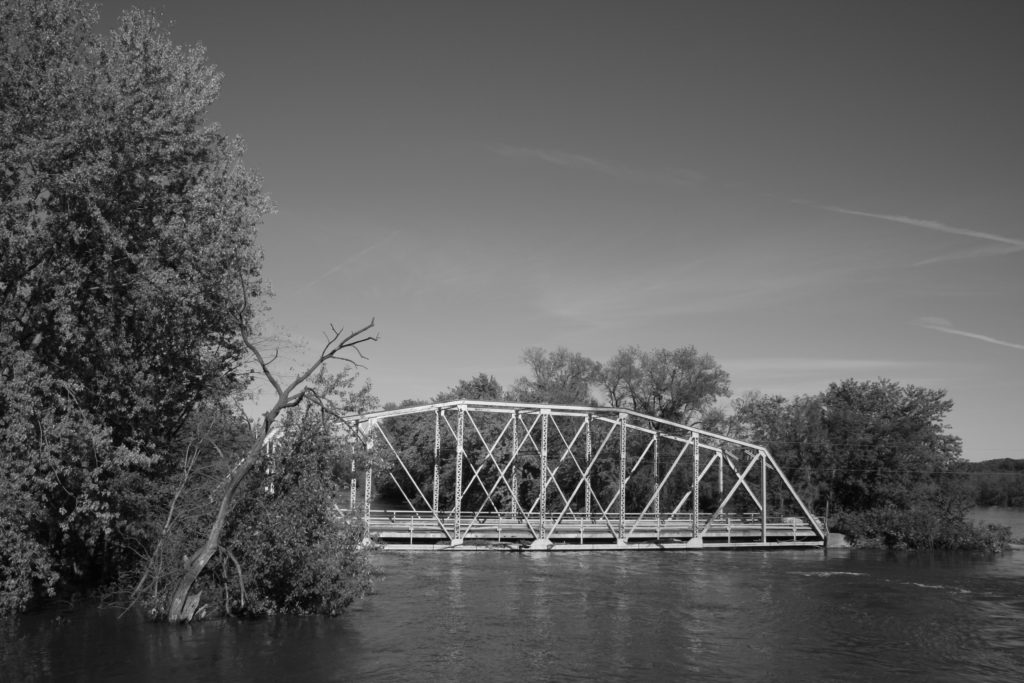
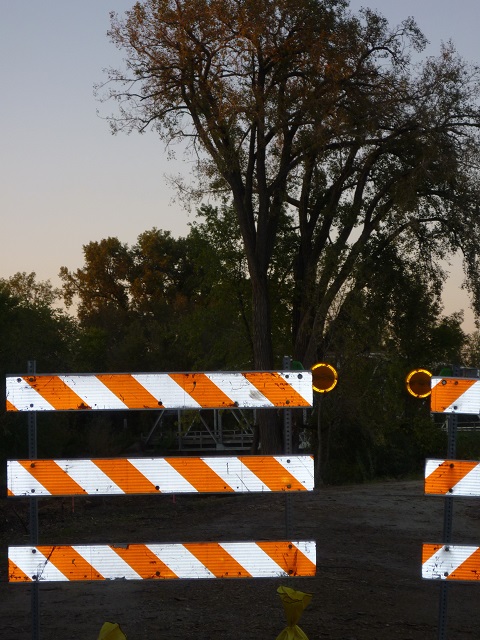
Postcard: October 28, 2019 (Photography By Timothy Braulick)
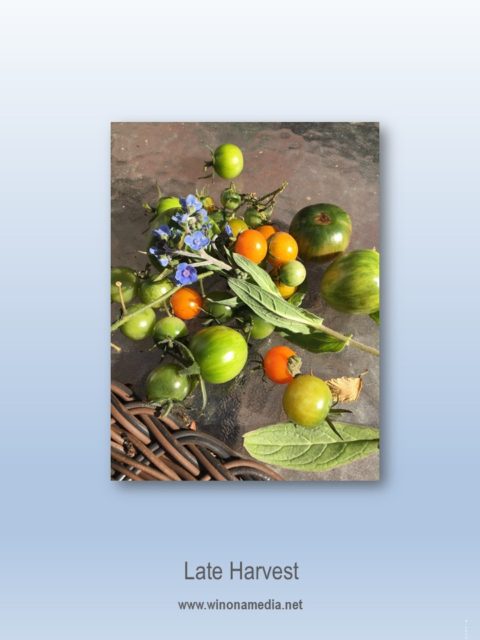
Postscript: Poet-Artist Collaboration XVI–A Celebration of National Poetry Month!
Tim and I traveled to Zumbrota, MN last Saturday evening for this year’s salute to National Poetry Month at the Crossings at Carnegie. Each year, a group of poets and artists are paired up through a juried process, and then they come together to meet; introduce and read the poems; and view and enjoy the resulting visual art inspired by the poems.
After fifteen previous such celebrations, Marie Marvin and her staff have this event down to a fine artistic science. Beginning with a potluck reception at Crossings gallery & shop, moving to the nearby State Theater (operated by the Zumbrota Area Arts Council) for readings by poets and comments by visual artists, and then back to Crossings for lively conversation and closer looks at the art pieces, this event has something for everyone. And it gets better every year!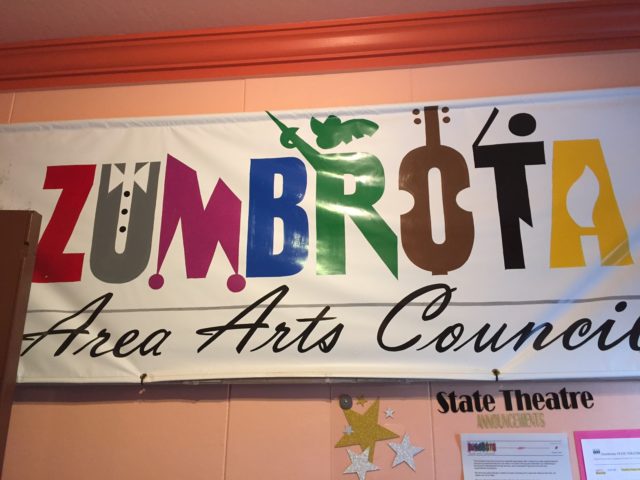
This year, among the twenty-three pairs of literary and visual artists, Tim and I were pleased to see poets Christine Kallman (a Northfield neighbor, playwright, and Sidewalk Poet) and her daughter; to see poet Ken McCullough and his wife, playwright Lynn Nankivil, friends from Winona; and to meet new people including a multi-talented artist from Red Wing, Art Kenyon, and his wife, Kathleen. Art created a painting inspired by my poem, “Nomad’s Daughter” (originally published in Third Wednesday.) His comments, and our conversation afterwards, helped me to understand my poem better. I love what he did with the poem, taking it into a dimension I could never have imagined. Below are some photos of the evening, to give you a flavor of it.
I was excited to find the painting inspired by poem.
Tim and I snagged good seats for the main program.
I get to meet “my” artist, Art Kenyon. Having thought about one poem in depth this spring, he decides to take home my book, Still Life with Poppies: Elegies.
Below, impresario Marie Marvin, and I channel the energies of Broadway’s classic, Cats–especially appropriate since the musical is based upon T.S. Eliot’s poems in Old Possum’s Book of Practical Cats. Marie models one of the evening’s wearable artworks, a polar fleece hat and mittens combo designed by Lana Sjoberg and inspired by Mim Kagol’s poem, “Cat in the Garden,” while I wish I could really sing!
It was an unforgettable evening that still has us clicking our heels!

